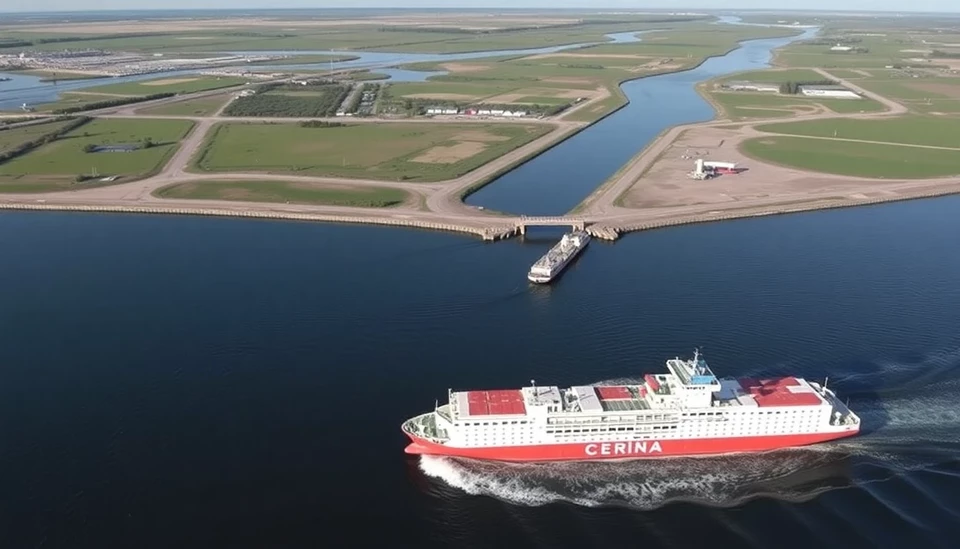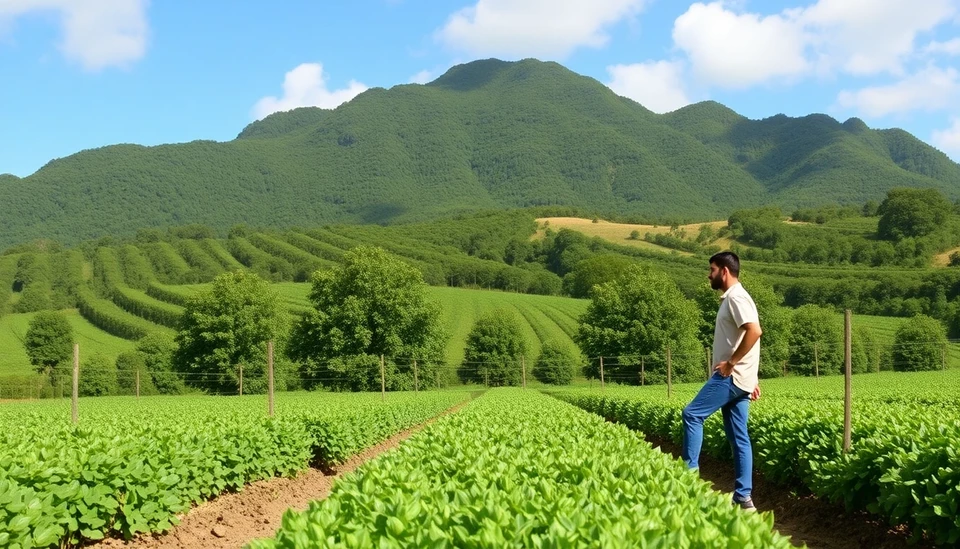
In a strategic move aimed at bolstering its agricultural exports, Argentina has announced plans to deepen and widen its crucial soy waterway, which serves as a significant artery for shipping the country's agricultural produce. This initiative is anticipated to enhance the efficiency of transporting soybeans—one of Argentina's primary exports—by allowing larger cargo vessels to navigate the waterway.
Currently, the Paraná River stretches across a major portion of Argentina's agricultural territory, primarily facilitating the export of soy, corn, and wheat. However, limitations in the waterway's depth and width have constrained the size of the ships that can pass through, thus impacting the volume of goods that can be shipped at one time. By implementing this infrastructural upgrade, officials expect to increase the payload capacity per shipment, significantly optimizing logistics and reducing shipping costs.
This development comes in light of Argentina's continuous struggle with economic challenges, including inflation and foreign currency shortages. The government sees the enhancement of this waterway as essential not only for agricultural efficiency but also for generating crucial export revenue that could support the nation's economy during tough times.
Additionally, the move is coupled with the government's broader strategy to attract investment in the agricultural sector and improve the overall competitiveness of Argentine commodities in the global market. Given that Argentina is one of the world’s leading producers of soybeans, increasing the shipping capacity could reinforce its position and might help stabilize domestic prices affected by fluctuating international markets.
However, the initiative is not without its challenges. Environmental concerns have been raised regarding the potential ecological impact of the deepening process. Critics argue that altering the waterway could disrupt local ecosystems and affect communities dependent on the river for their livelihoods. As such, the government is expected to engage in discussions with stakeholders, including environmental groups and local residents, to find a balanced approach that addresses these issues while advancing the shipping capacity enhancement.
The timeline for these proposed changes remains uncertain; however, stakeholders are optimistic that with the right investments and support, the deepening of the river could be realized within a few years. Industry analysts are watching closely as this initiative unfolds, anticipating its effects on both local farmers and the international markets.
In conclusion, Argentina's initiative to deepen its soy waterway marks a significant step towards achieving enhanced export capabilities and addressing the broader economic concerns faced by the country. As the government pushes forward with this project, it epitomizes a strategic effort to not only secure agricultural revenues but also to navigate the complexities of economic recovery.
#Argentina #SoybeanExports #WaterwayExpansion #AgriculturalInvestments #EconomicGrowth #ParanáRiver
Author: John Harris




